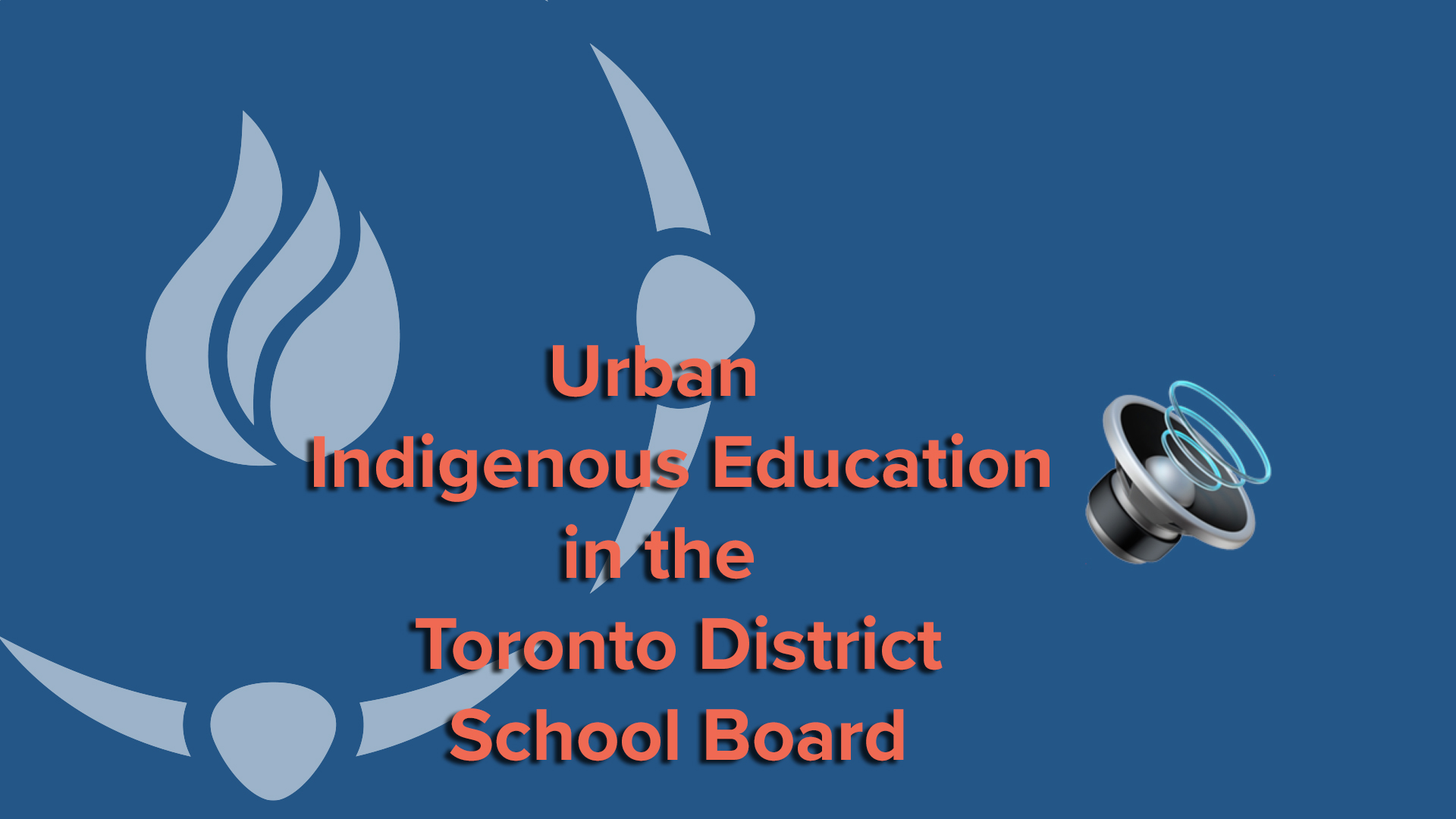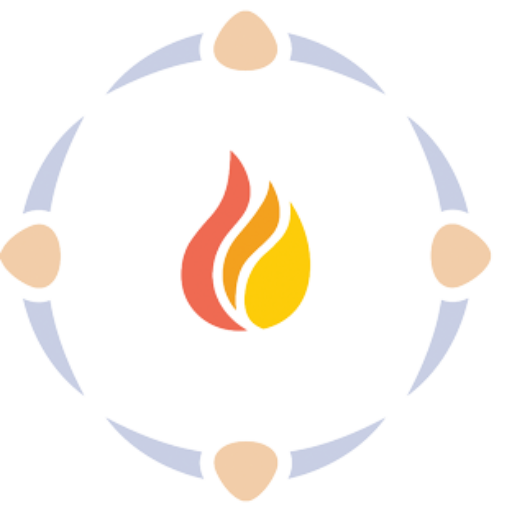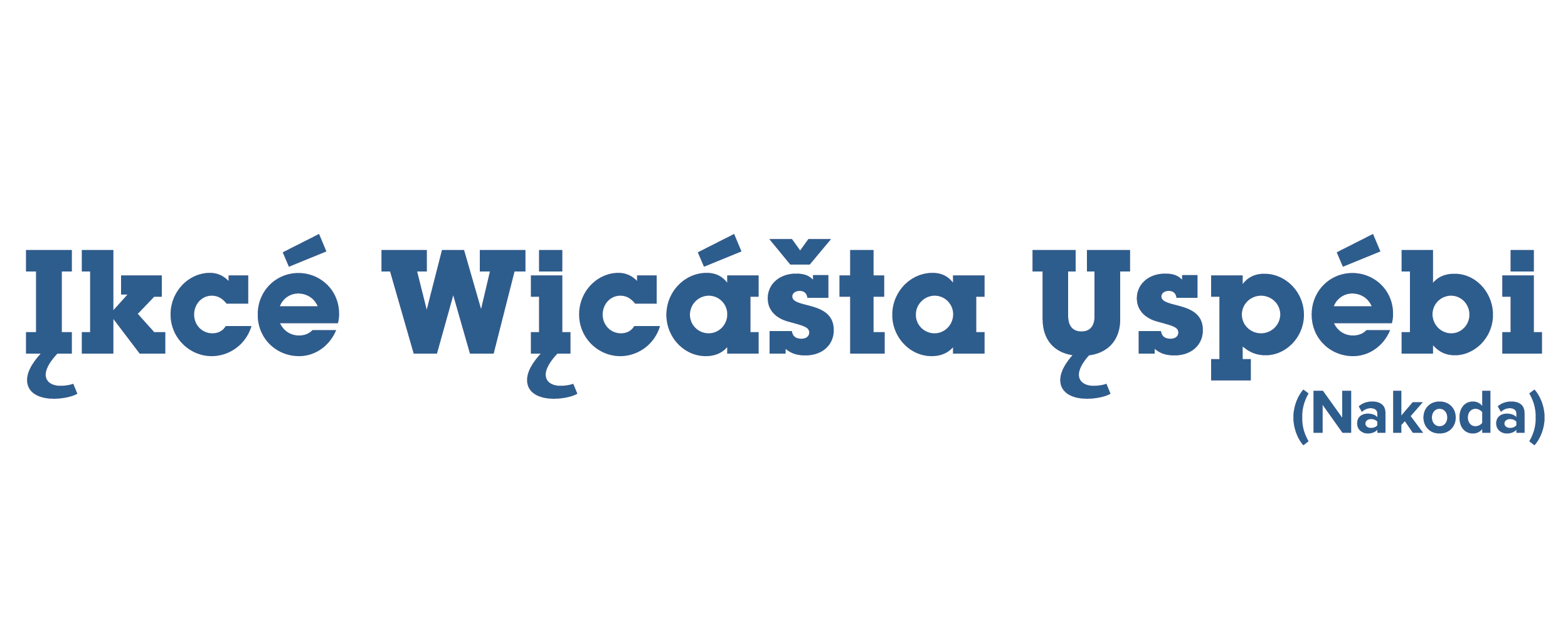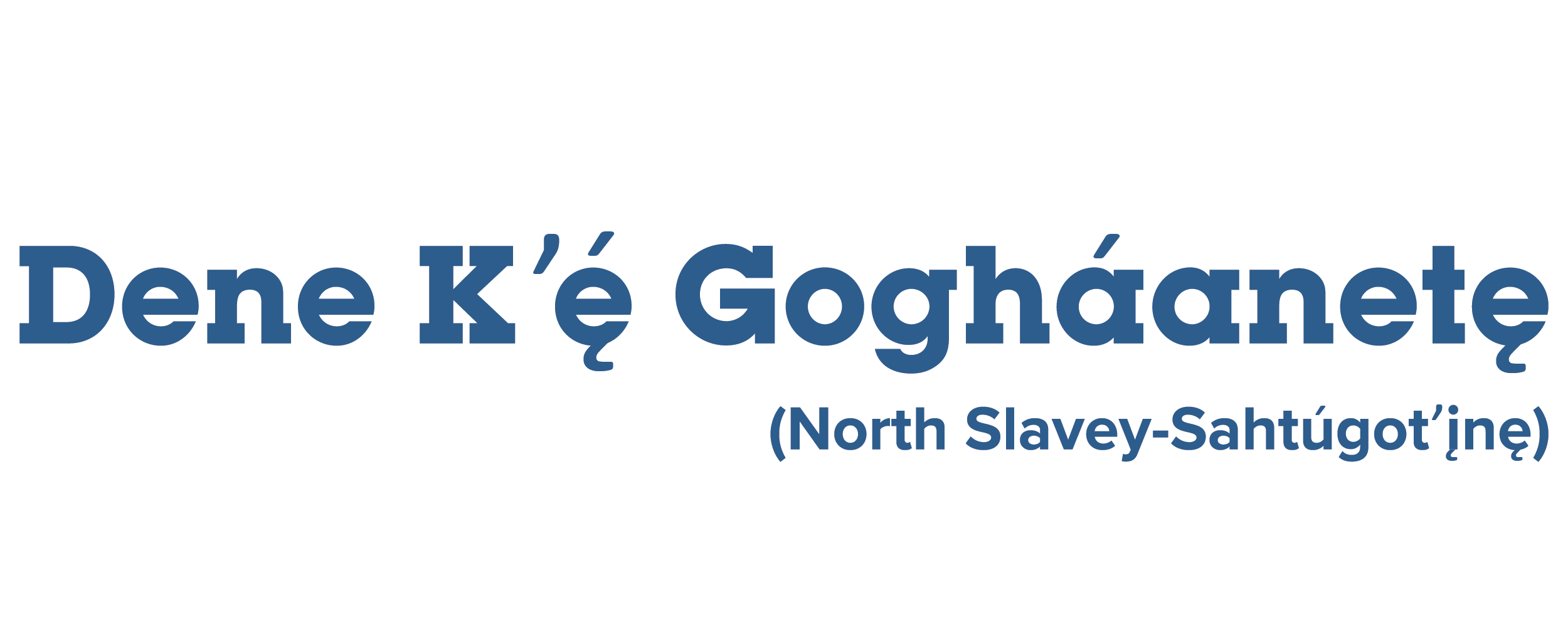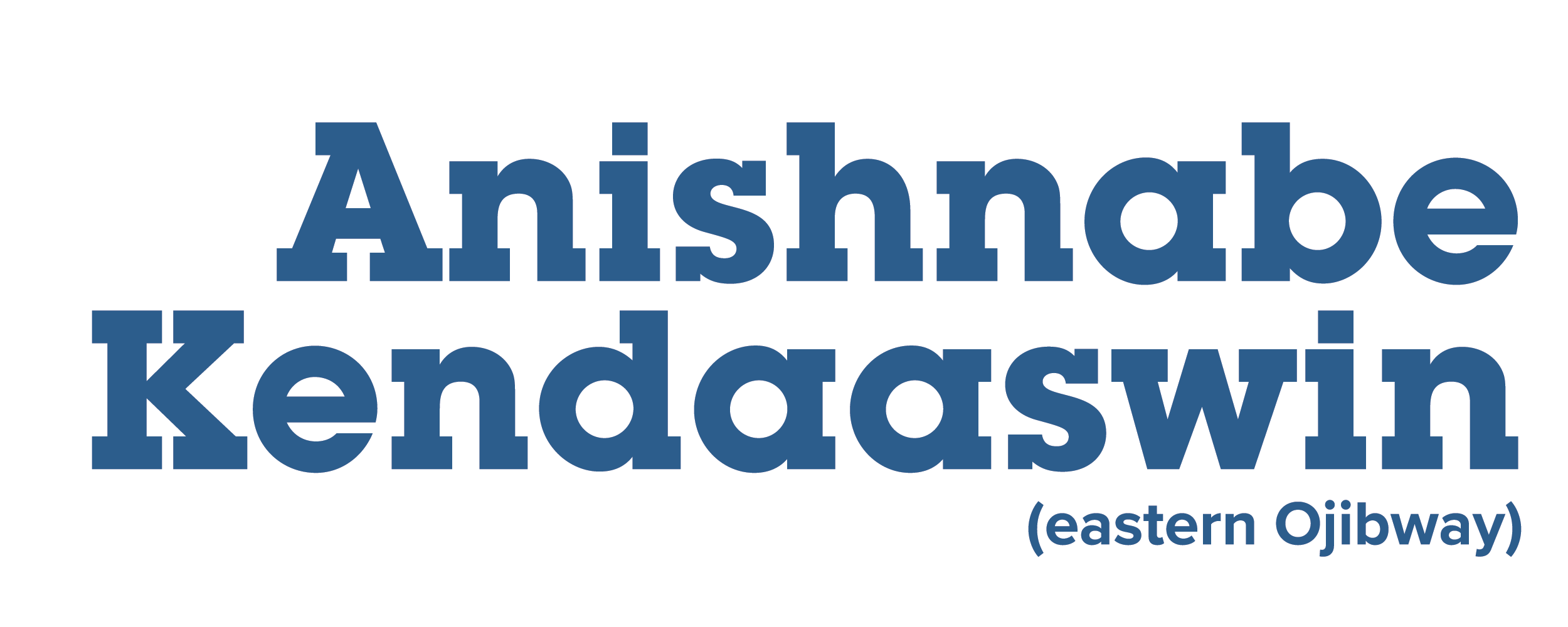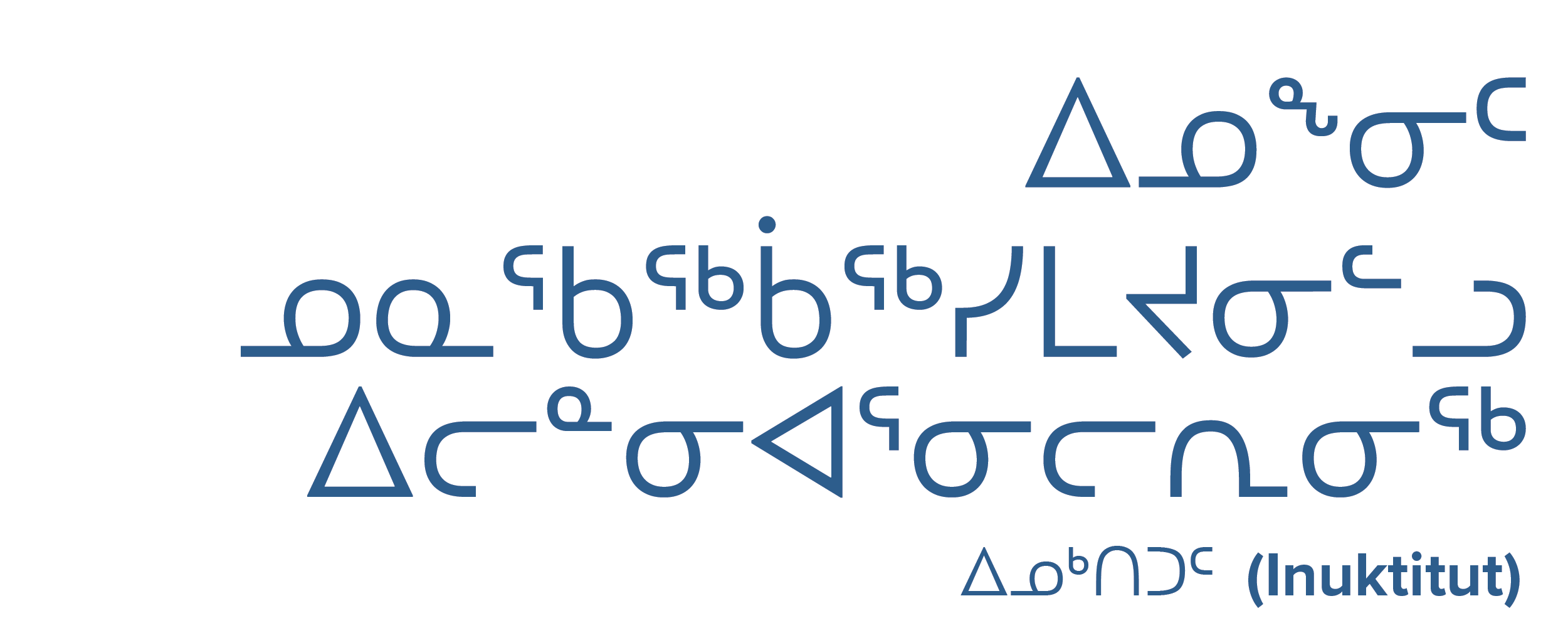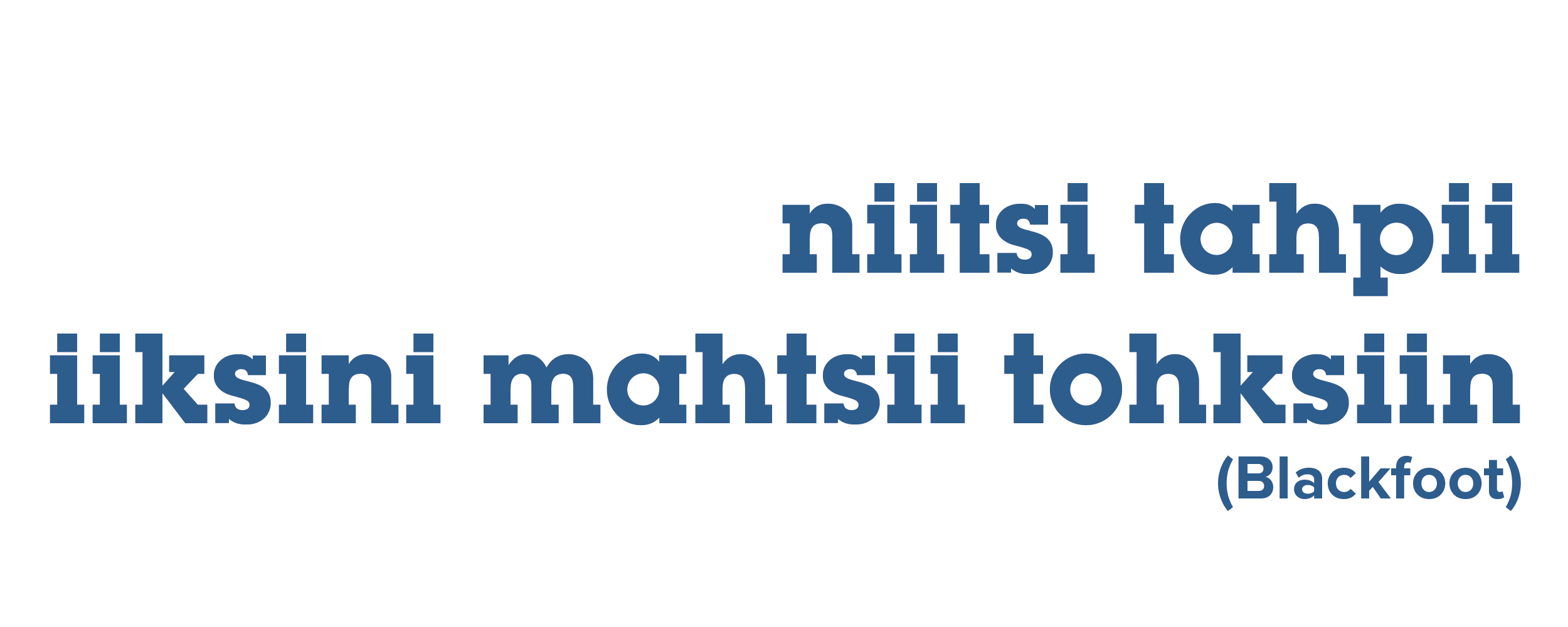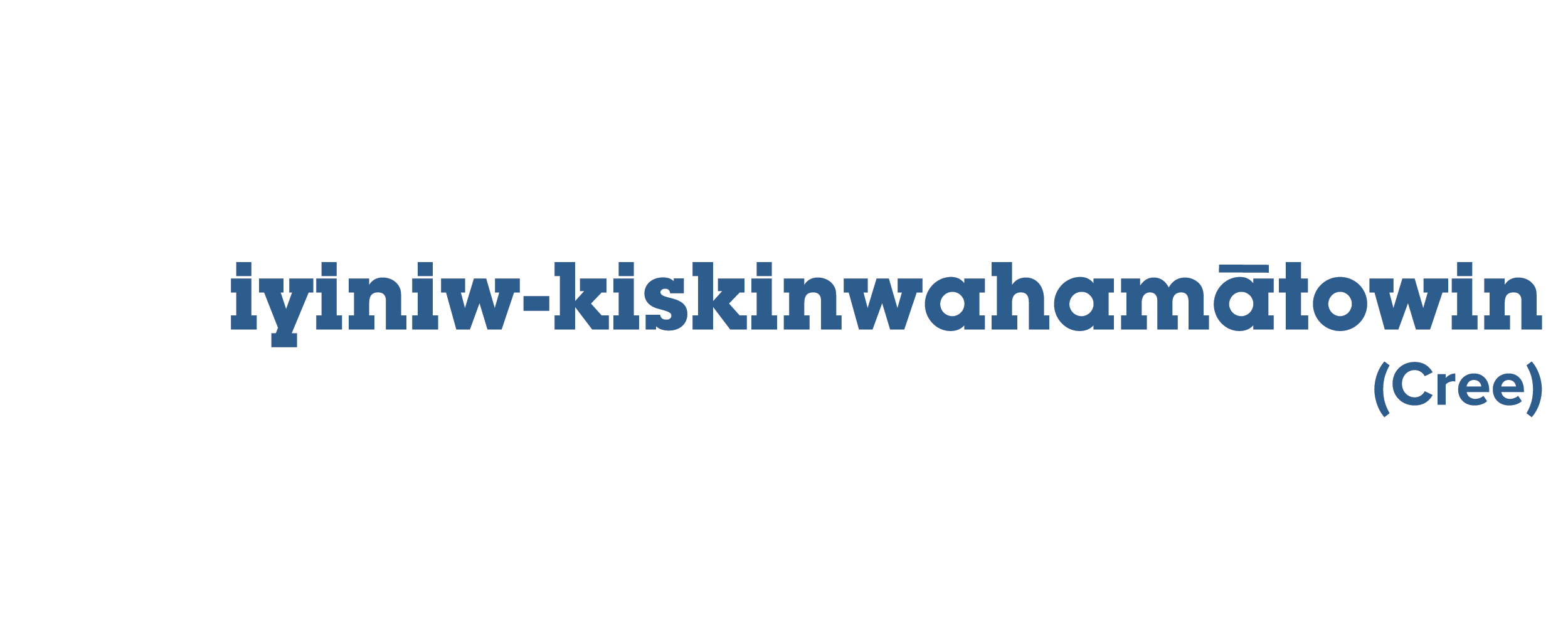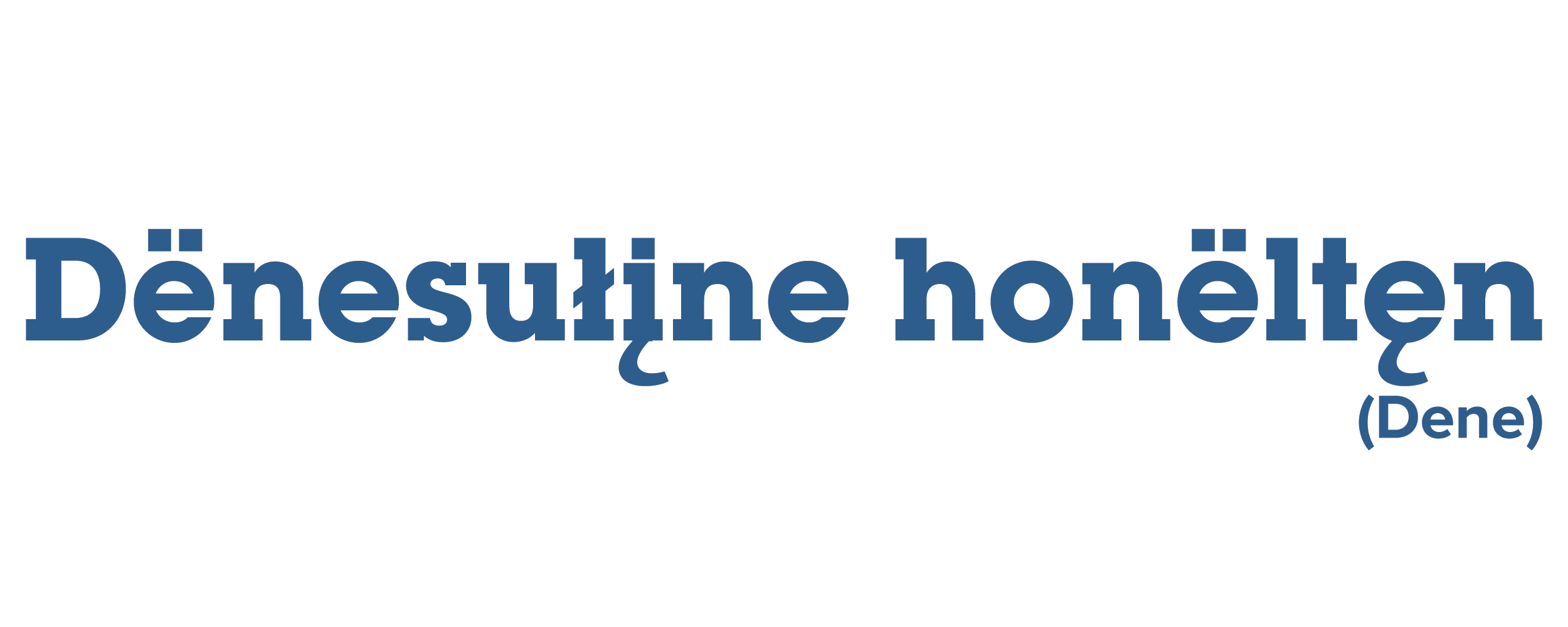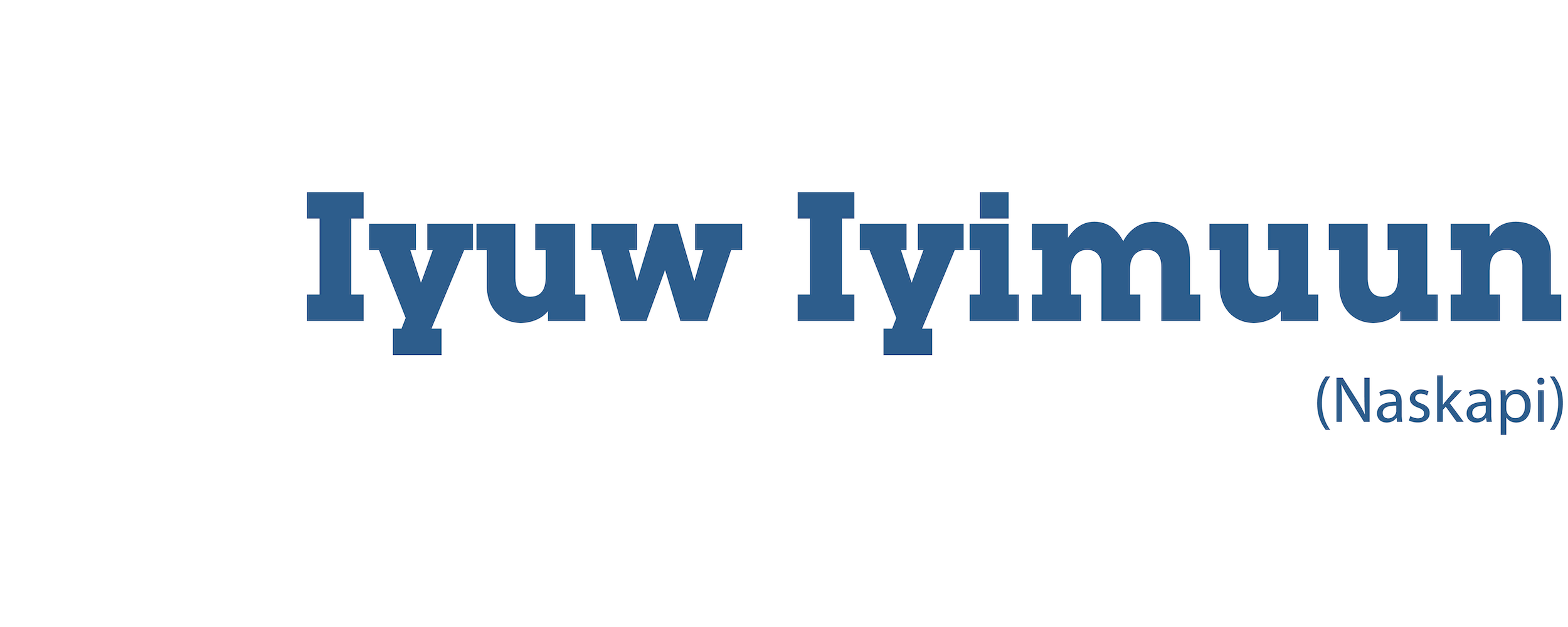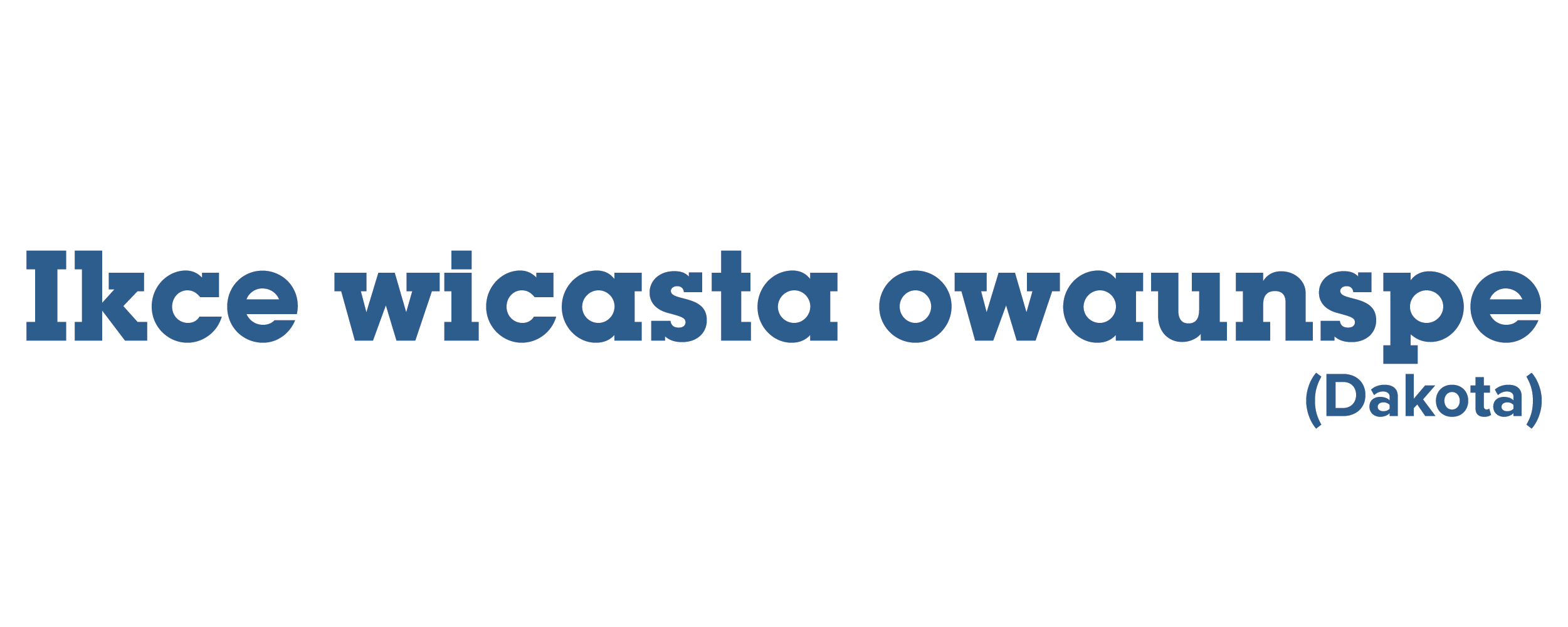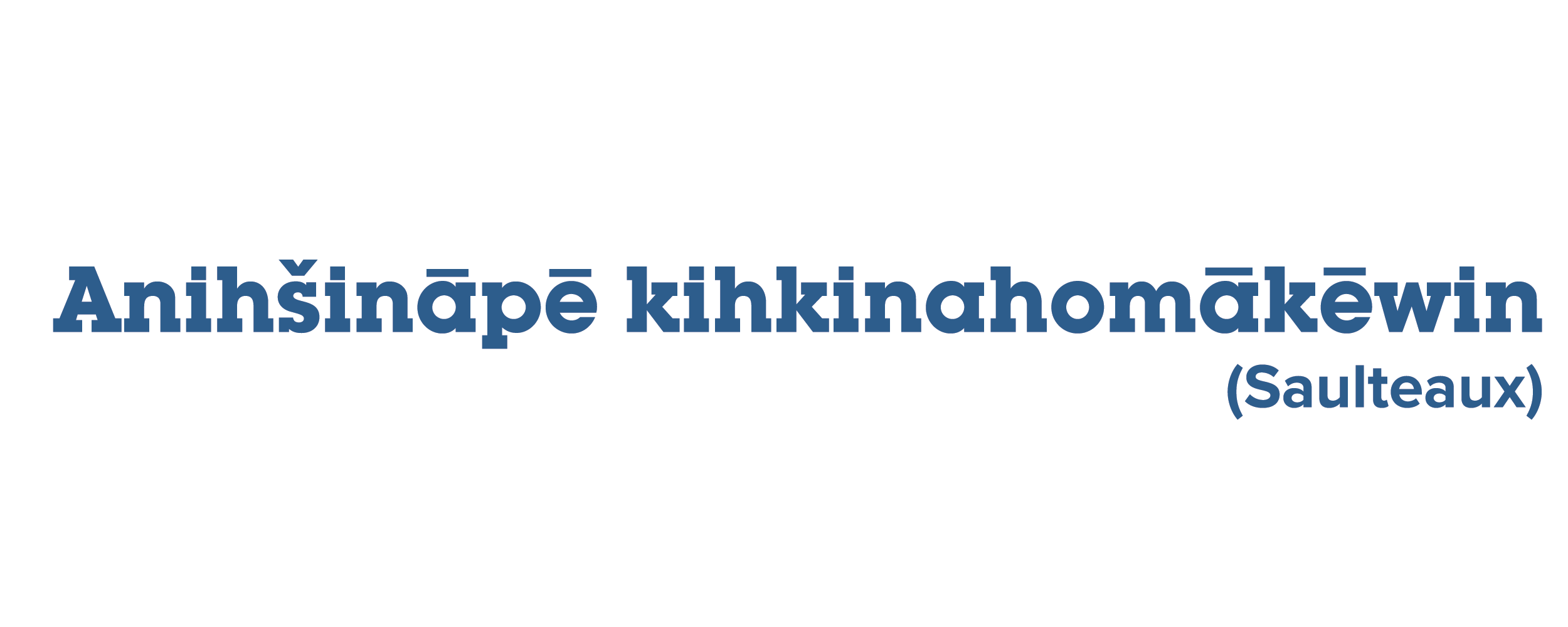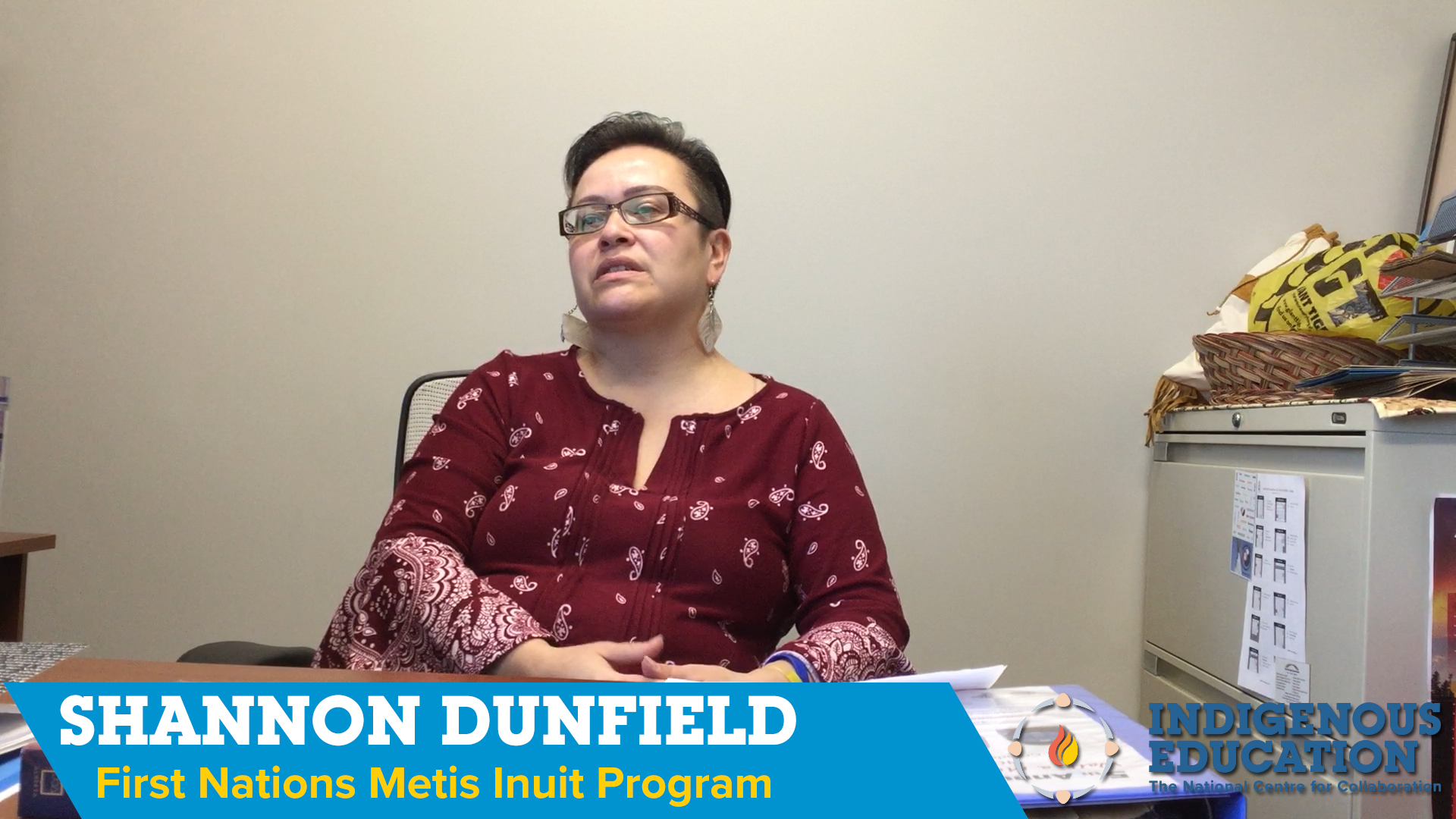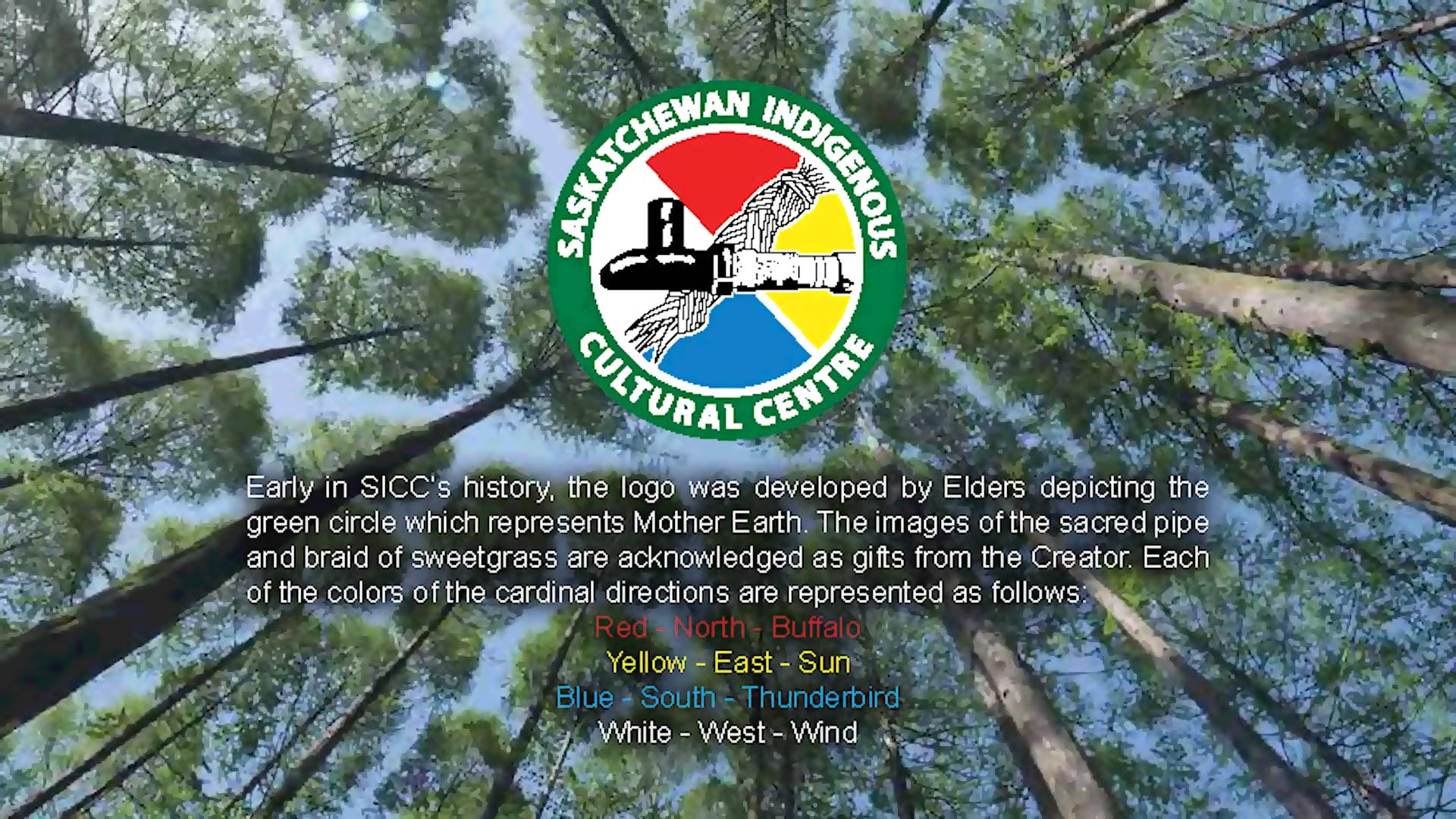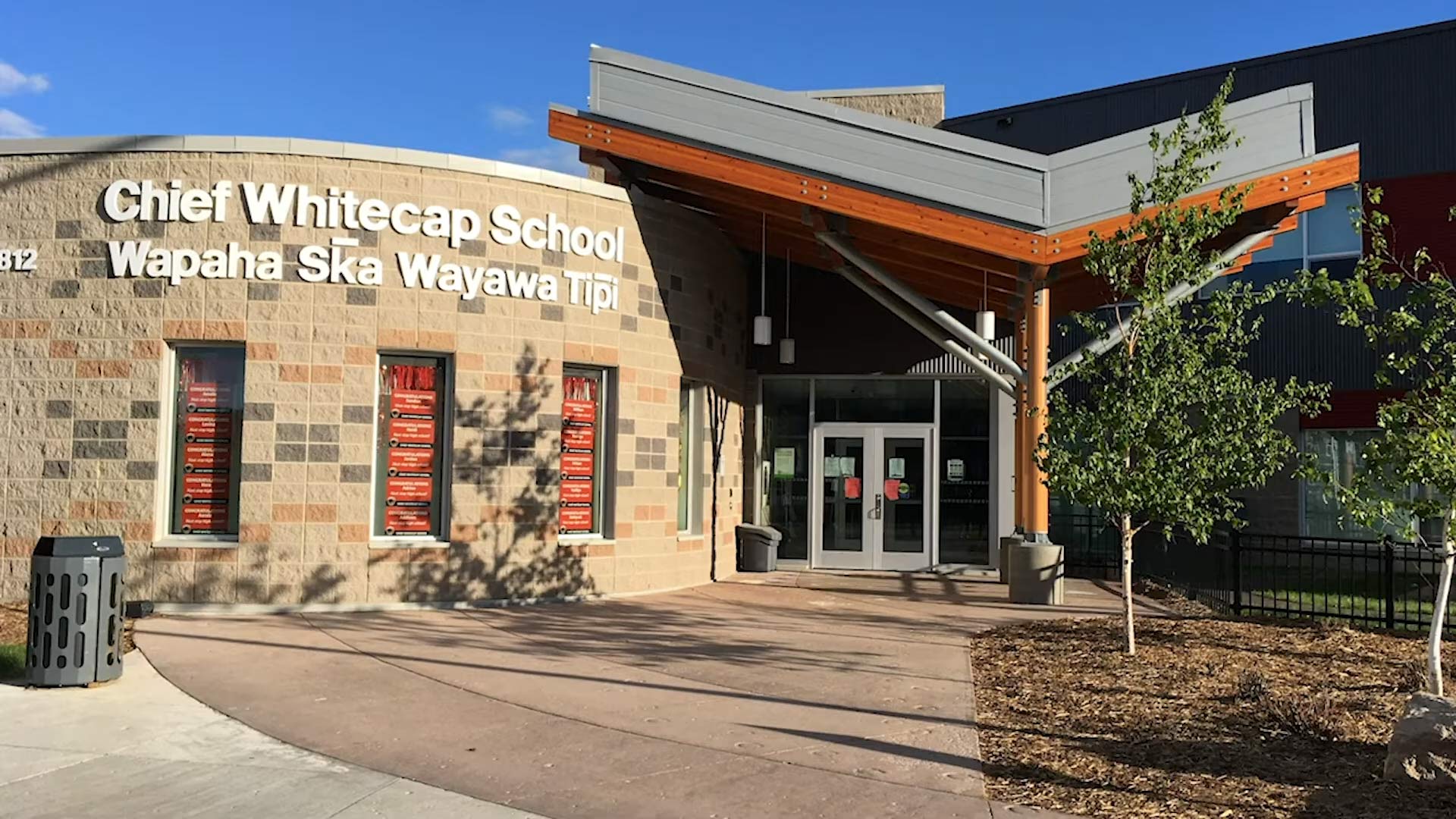Posted on June 22, 2018 by Lisa Jodoin
Neil Forbes, Director of Education at Lennox Island First Nation, describes the Indigenous education programs in his community.
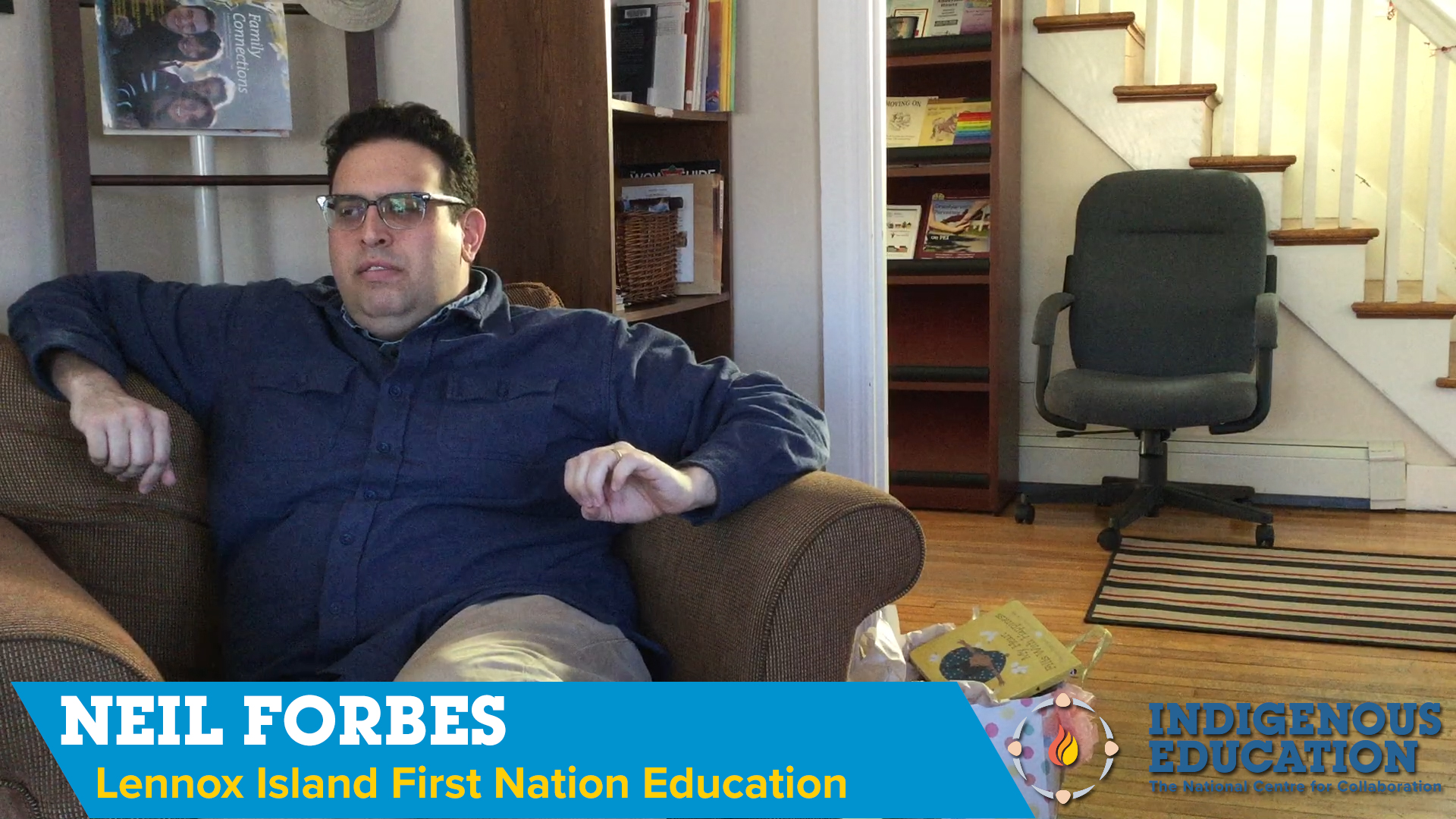
Neil Forbes, Director of Education at Lennox Island First Nation, describes the Indigenous education programs in his community.
Posted on June 21, 2018 by Carter Kuiper
A one year university access program for Canadian Aboriginal Students who may not be prepared to enter a faculty through regular admissions. This is not an upgrading program, but a full-time university program offered by the Aboriginal Student Services Centre and Open Studies.
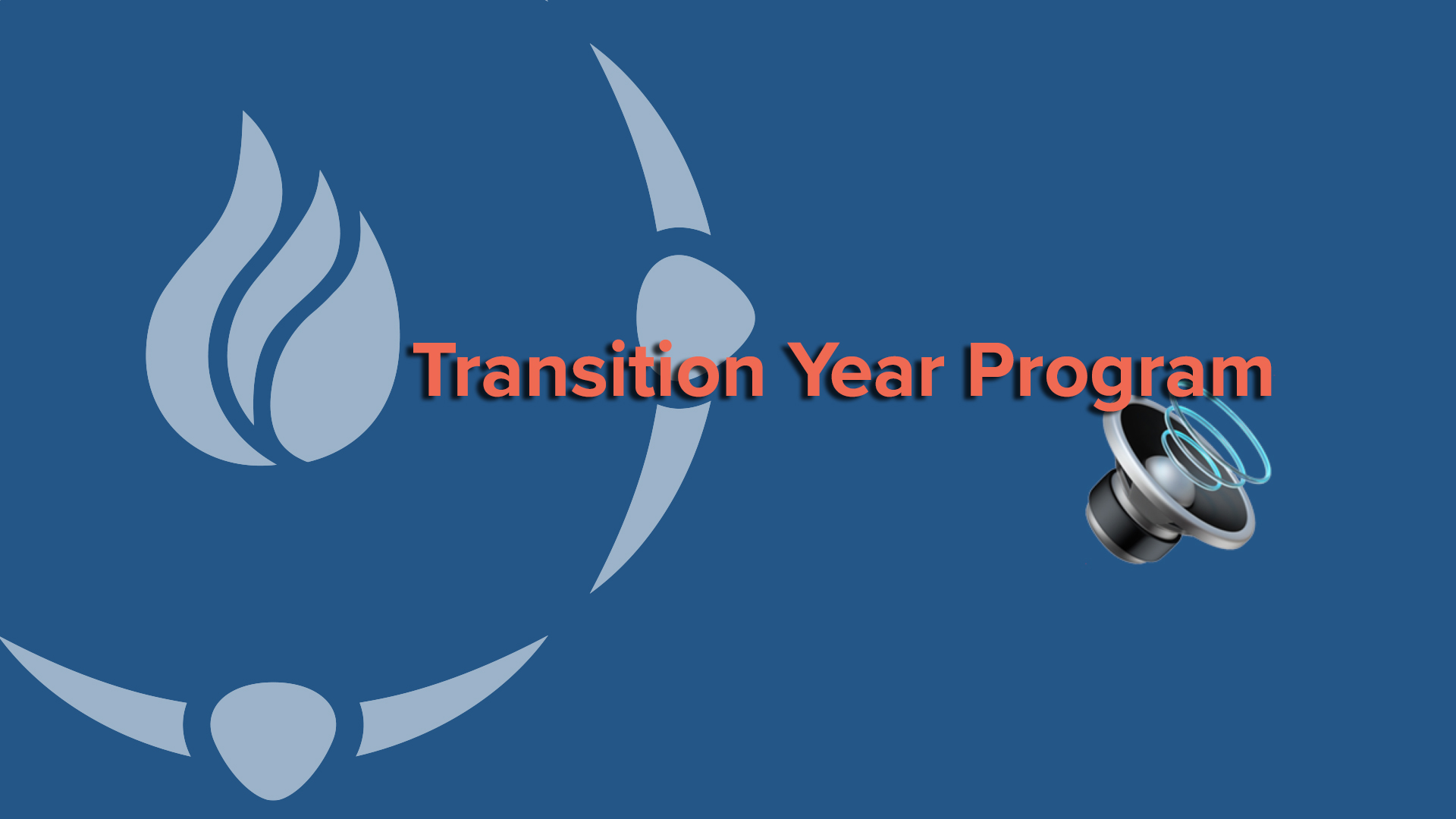
A one year university access program for Canadian Aboriginal Students who may not be prepared to enter a faculty through regular admissions. This is not an upgrading program, but a full-time university program offered by the Aboriginal Student Services Centre and Open Studies.
Posted on June 18, 2018 by Sarah Louison
Chief Kahkewistahaw Community School offers land based education whereby students learn seasonal teachings.
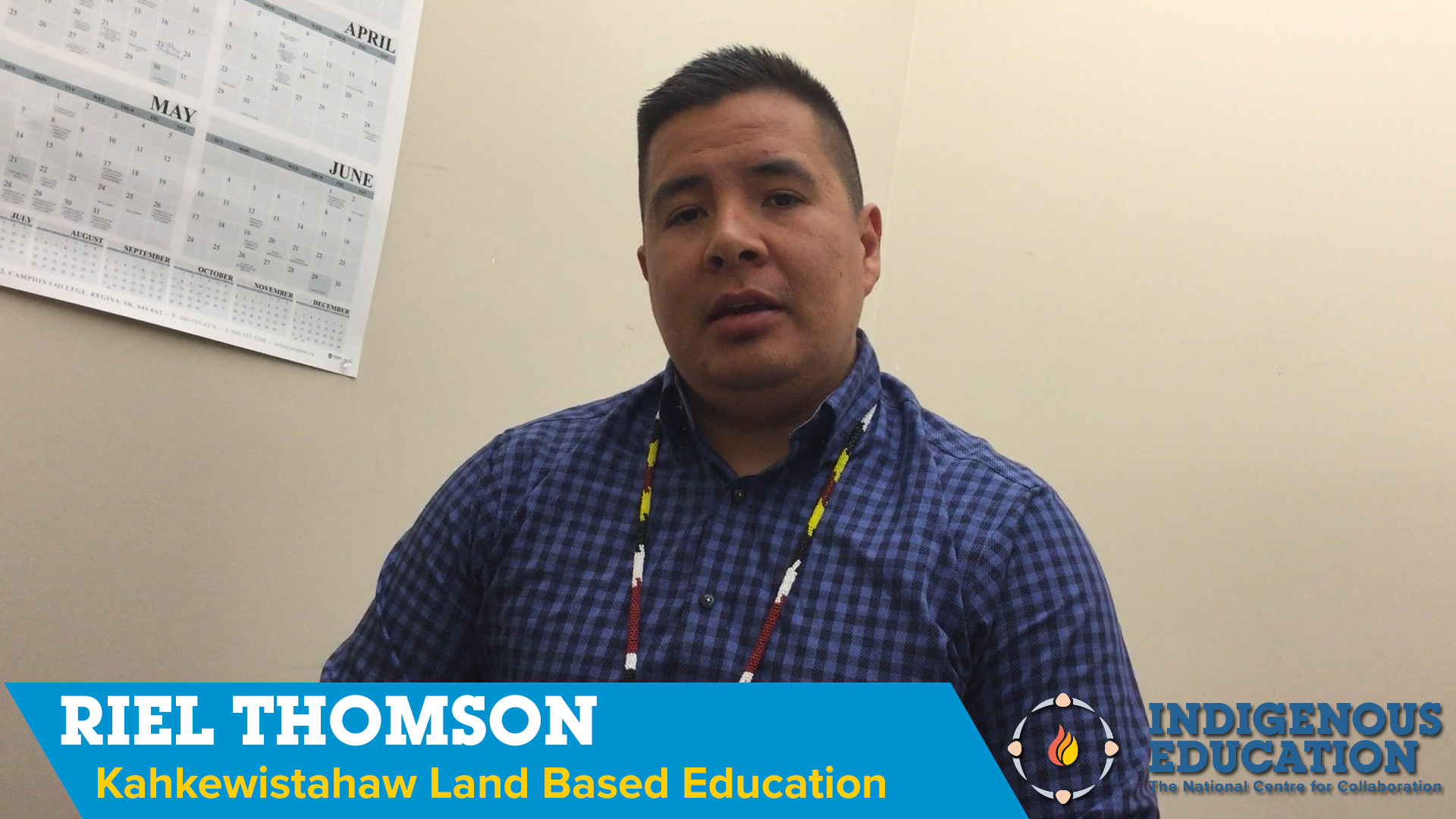
Riel Thomson, a teacher at Chief Kahkewistahaw Community School, describes their land based program for middle years and high school students. The curriculum of the land based program focuses on fall, winter, and spring seasonal teachings with input and support from Cree Elders. Thomson includes content from the Elders when he is creating his annual teaching plans. The school is looking to expand the land based program to target students with behavioural and academic issues in the classroom. Students will be chosen to participate in the land based program in order to achieve specific objectives and then they would be reintegrated into the classroom.
Posted on June 15, 2018 by Lopa Fowzia
“…ingenious and western both of them have many ways of knowing. Look at the initial, we have the community are struggling with suicide. We stand back and talk to community people and try to understand what’s going on, and then also try to look at the big picture…Indigenous education has to sort of help people […]
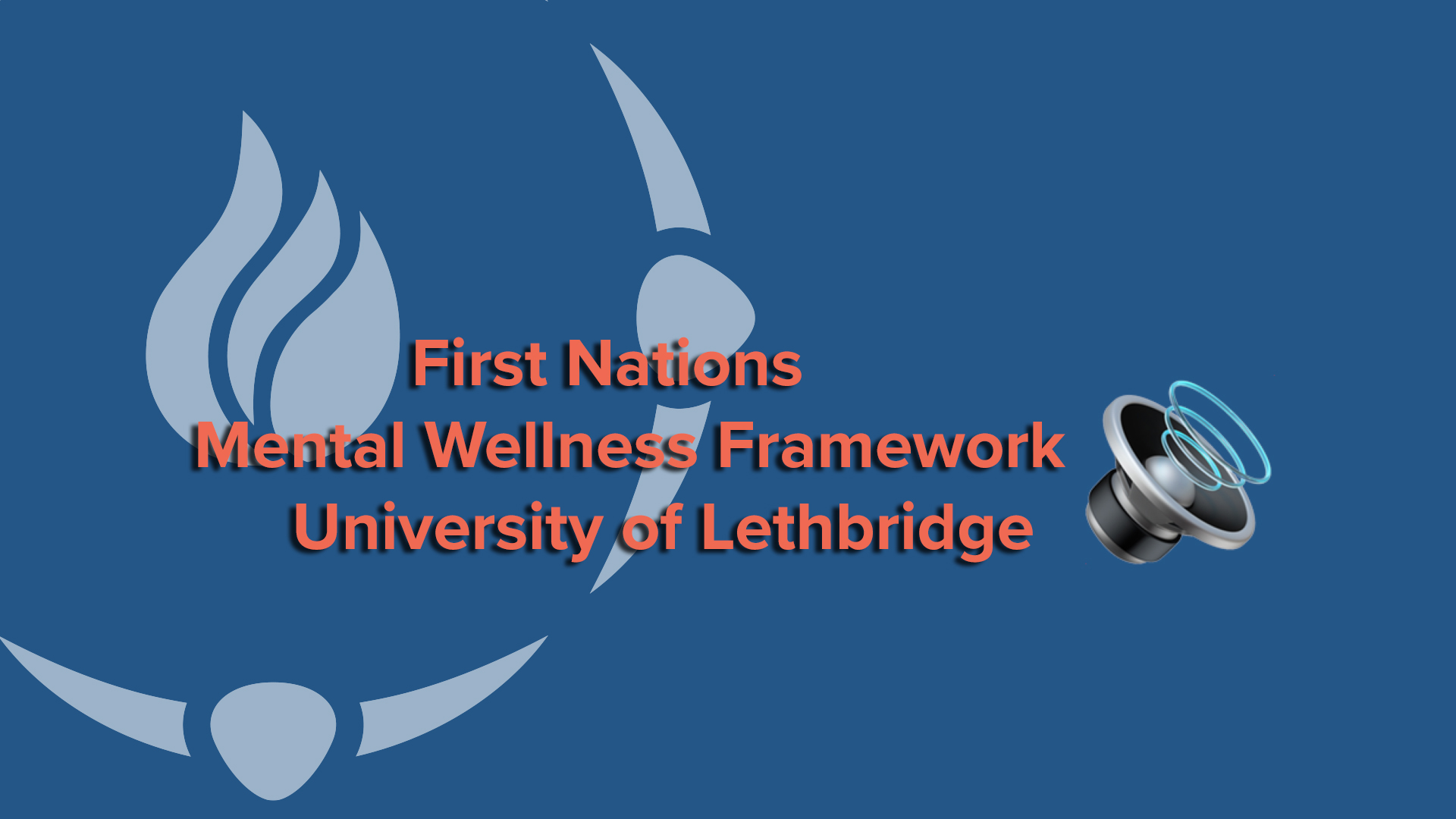
“…ingenious and western both of them have many ways of knowing. Look at the initial, we have the community are struggling with suicide. We stand back and talk to community people and try to understand what’s going on, and then also try to look at the big picture…Indigenous education has to sort of help people move between this world. So we can do a better job…” Western liner model is not working very well, its need to move to spiral or circular model of health and how these things feedback with each other. This program is inspired by mental wellness continuum which was created by the Thunderbird Partnership foundation partnership in Ontario – it is called the First Nations Mental Wellness continuum Framework. This model looks like how we can work with communities and communities can work on all their wellness. The center of this model is really focused on HOPE belonging meaning and purpose. Around of the model like, the ecological model gets larger and larger and includes different components of the life cycle and then this model move into different types of health programming like crisis response earlier identification and intervention, health promotion and prevention support and aftercare, trauma and treatment and care planning integrated service delivery for example, as this is the focus of the model, then it moves how the practitioner do that, how the indigenous people do that self-permit way, how do they measure performance and how do they look at governance of this program and their initiated research and look for development.
Posted on by Lopa Fowzia
At present. the Aboriginal Health is included as major or minor in the Bachelor of Health Sciences program but the faculty has the vision to shift away from it. The courses include introduction to Aboriginal health, community health, and traditional aboriginal health concept. The coursework of introduction aboriginal health focuses on aboriginal health issues from […]
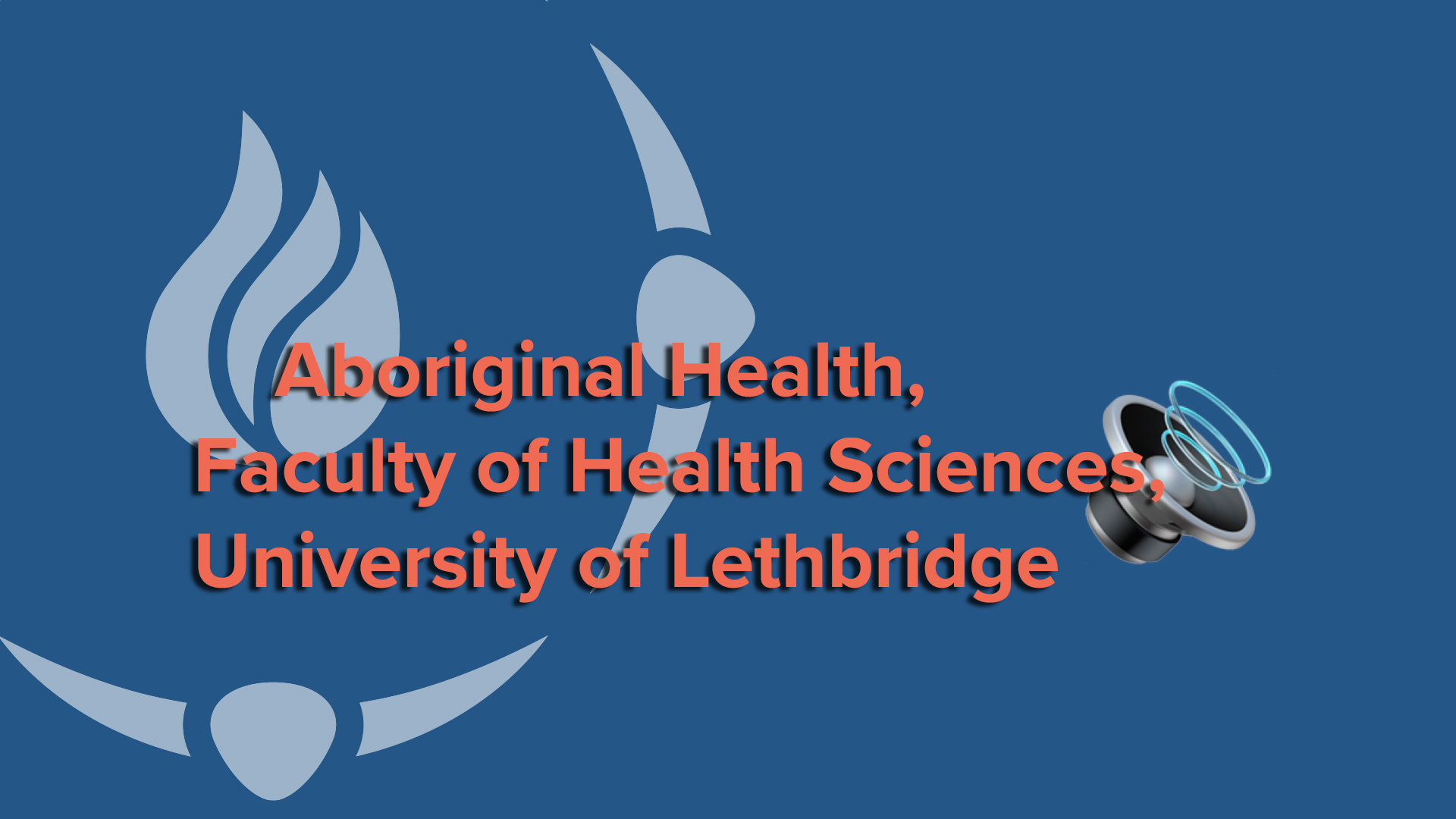
At present. the Aboriginal Health is included as major or minor in the Bachelor of Health Sciences program but the faculty has the vision to shift away from it. The courses include introduction to Aboriginal health, community health, and traditional aboriginal health concept. The coursework of introduction aboriginal health focuses on aboriginal health issues from the much more holistic approach, meet more elders. This program has a different view apart from western medical health science which mainly focuses biological and biomedical component, however, the indigenous health science highlights four dimensions in health care: physical, mental, emotional and spiritual. It also includes contemporary issues include wellness approach, indigenous healing & restoration issue. Western health science- the mainstream practitioners is very dismissive which do invalid indigenous health science but indigenous health science gives importance on knowing healing. Community health program coursework building relationship with the community people at the grassroots level, so this program is a very much bottom-up approach where we see top-down approach in Canada. Students collect the background, indigenous way of knowing, healing and much more broad perspective. Students hold a good understanding of history, holistic ways of the knowledge value of indigenous knowledge. They also focus, besides this, multidisciplinary approach including medical anthropology, native studies, and sociology as well. Another coursework- the traditional health concepts brings Indigenous knowledge holders once a week. Here faculty members work as course coordinator or facilitator. They bring elders, knowledge experts, Meti people and other international first nation people like Ghanaian people. It develops students’ own knowledge other than curriculum through oral tradition. Topics will include the role of culture and identity in health and healing; the collective use of plants and cultural medicines; the relatedness of people, land and health; and the spiritual dimensions of holistic health. The faculty members are also learning indigenous pedagogy, they believe knowledge sources depends on who you are and the relationship between knowledge and that of experience, It is not about someone telling you what you suppose to know, it is about keeping their perspective and you developing own. The vision of this program is getting sallers, they believe they need both sides to know the value of indigenous that would open up the other ways of knowing which can reduce racism in Canada. They believe ‘people’- the knowledge holders will be resources aside from fund to develop their program and to achieve their vision.
Posted on by Kaitlyn Walcheske
St. Thomas Aquinas School Division (STAR) and Nipisihkopahk Educational Authority (NEA) have entered into a education partnership through an Alberta Education Grant- “Building Capacity Through Collaboration.” Together, these schools are sharing, teaching, learning and collaborating on best practices in education.
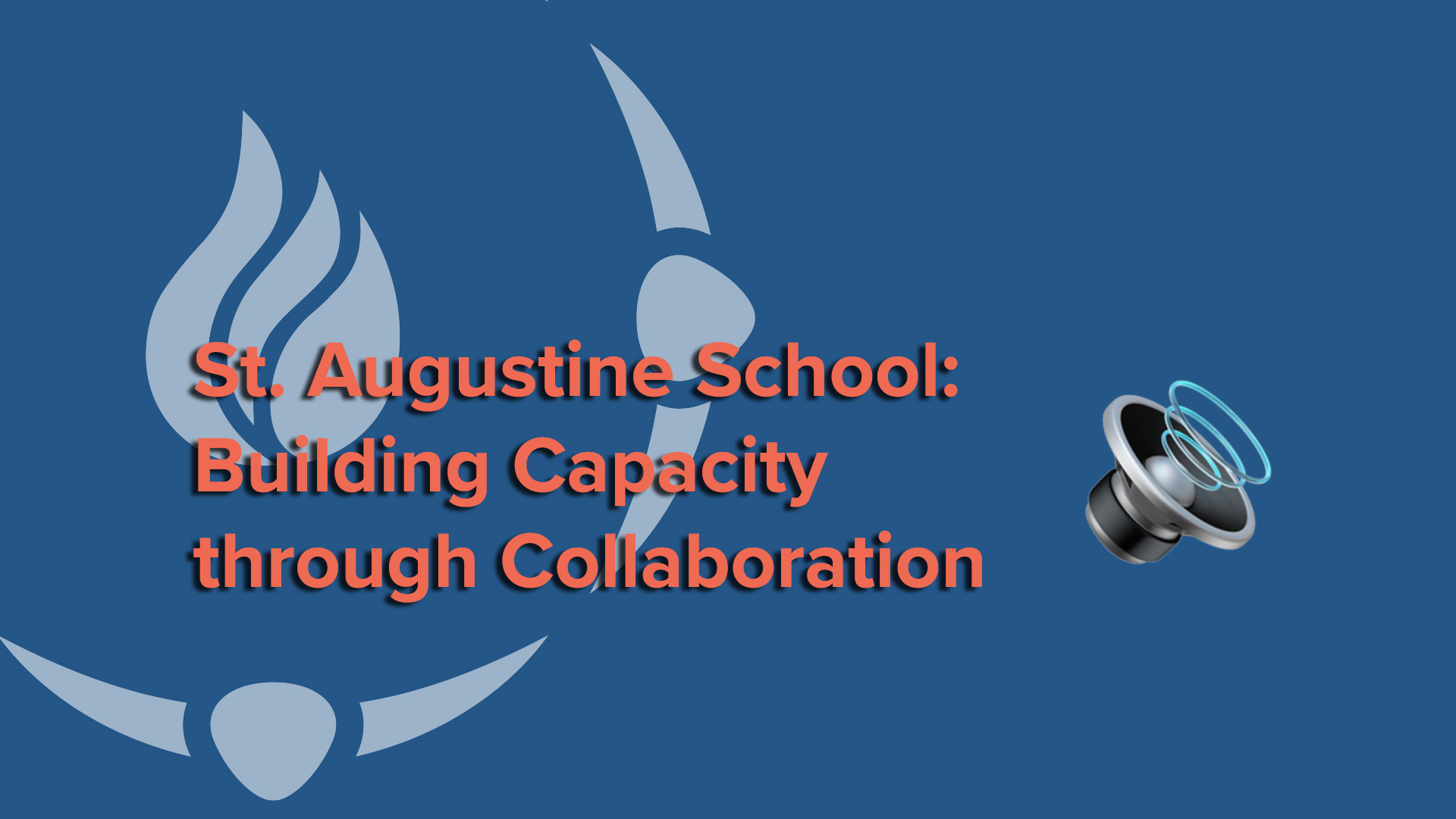
St. Thomas Aquinas School Division (STAR) and Nipisihkopahk Educational Authority (NEA) have entered into a education partnership through an Alberta Education Grant- “Building Capacity Through Collaboration.” Together, these schools are sharing, teaching, learning and collaborating on best practices in education.
